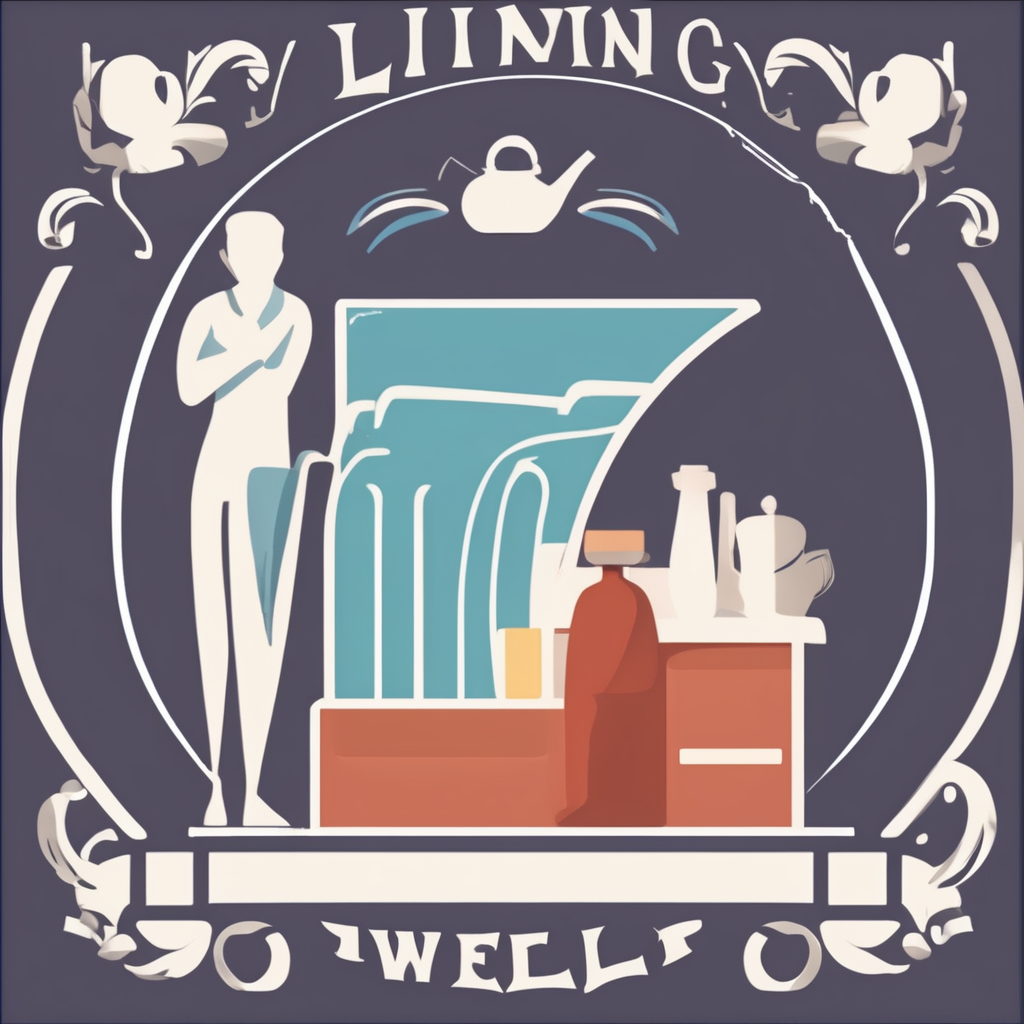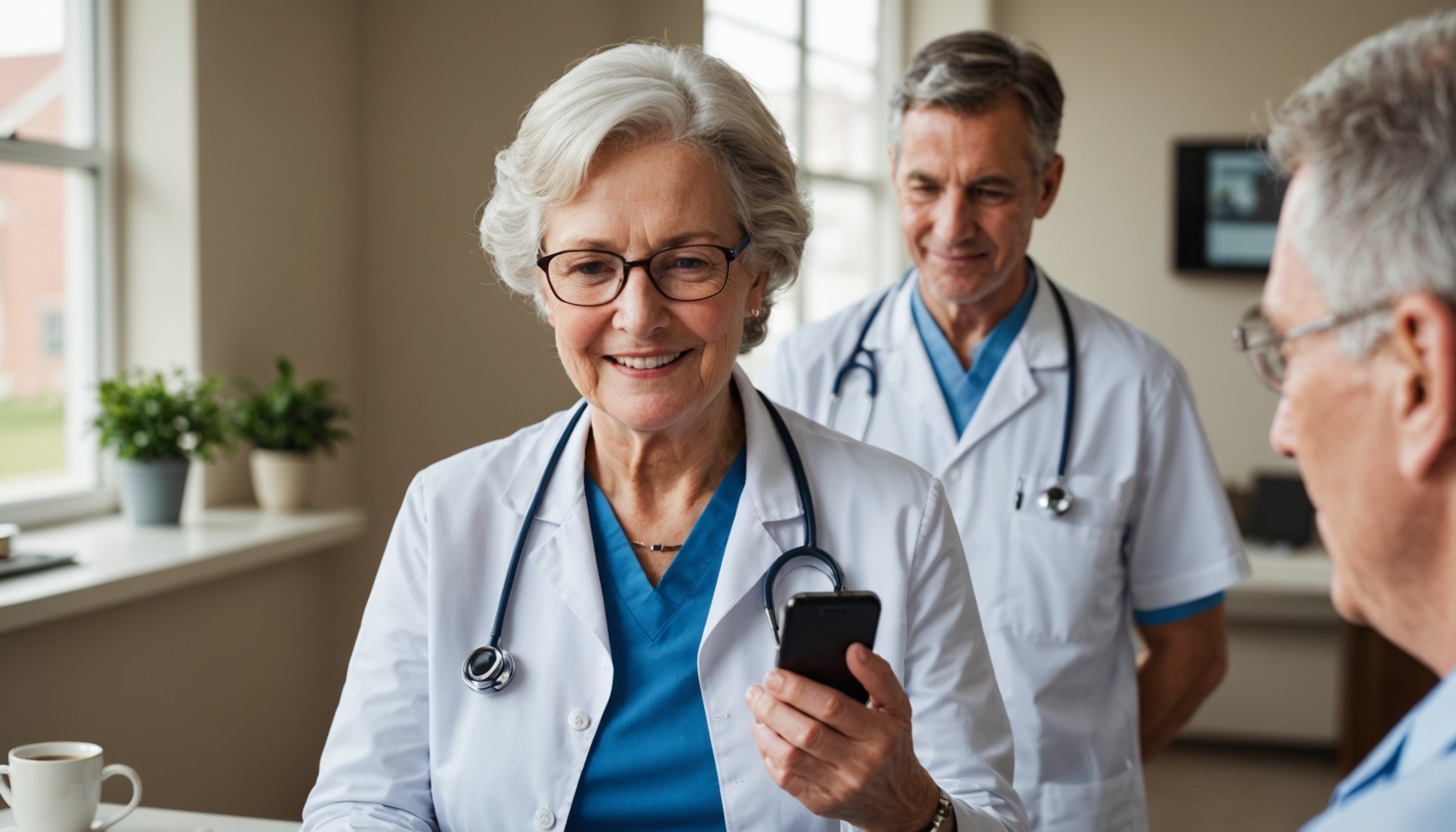Comprehensive Strategies for Integration
Mobile health apps are transforming senior healthcare by offering innovative solutions tailored to the unique needs of older adults. These apps play a crucial role in enhancing healthcare access and quality for seniors. However, the effectiveness of mobile health apps hinges on senior healthcare integration. Aligning app functionalities with seniors’ needs is essential.
To ensure successful integration, developers should focus on user-friendly designs and features that address seniors’ specific challenges, such as medication reminders and easy appointment scheduling. This alignment boosts effective methods in healthcare delivery, reducing the complexity of accessing medical support and facilitating communication between seniors and healthcare providers.
In the same genre : Top Strategies for Seniors to Enhance Their Dental Health
Real-world examples highlight effective strategies in integrating these apps within existing healthcare systems. For instance, some hospitals have adopted apps that enable seamless management of patient records and remote health monitoring, thereby empowering seniors with control over their health data. By embedding these apps into healthcare services, both seniors and providers can benefit from a more coordinated and efficient healthcare experience.
User-Friendly Features for Seniors
Developing user-friendly mobile apps for seniors requires attention to design principles that cater to accessibility and ease of use. These apps play a crucial role in aiding senior health, ensuring that essential features are readily accessible without overwhelming the user.
In parallel : Top Natural Strategies for Seniors to Enhance Their Immune Health
Intuitive Design Principles
One of the key elements for senior health app features is an intuitive design. Simplicity in navigation is essential, enabling seniors to find what they need easily and reducing frustration. Clear icons, larger text, and straightforward menus all contribute to making health apps friendlier for older users.
Customizable Interfaces
Accessibility in healthcare is enhanced through customizable interfaces. Empowering seniors with personalization options boosts user engagement. Features such as adjustable font sizes, colour contrasts, and easily manageable settings allow them to tailor applications to their specific needs, making their interaction more pleasant and accessible.
Voice Command Capabilities
Voice command capabilities leverage technology to assist seniors with disabilities, particularly those who may struggle with traditional touch interfaces. This hands-free approach not only improves accessibility but also encourages usage by making technology approachable for all. Incorporating these capabilities helps break down barriers, making digital healthcare resources more inclusive and responsive to senior needs.
Case Studies and Real-World Examples
In recent years, mobile health apps have revolutionized senior healthcare technology, particularly by enhancing patient outcomes. Let us explore some noteworthy case studies highlighting successful integration examples.
One case involves a health facility that integrated a mobile app designed to track vital signs in seniors. This app not only improved patient monitoring but also provided healthcare professionals with real-time data, significantly reducing emergency visit rates. As a result of its successful integration, the patient satisfaction index saw a notable increase, highlighting the app’s positive impact.
Another example can be drawn from a retirement community that adopted a social engagement app alongside its healthcare system. This app greatly increased interaction among residents while simultaneously providing healthcare alerts. The simplicity of incorporating such technology into daily routines proved indispensable, leading to enhanced community well-being and a 15% improvement in mental health indicators.
Lessons learned from these implementations include the necessity for user-friendly interfaces and the importance of staff training to maximize the benefits of mobile health apps. Furthermore, continuous evaluation and feedback loops are crucial to adapt and address unforseen challenges effectively. These real-world examples illustrate how integrating mobile health apps can substantially improve outcomes and enrich the lives of seniors when executed thoughtfully.
Data on Effectiveness and Outcomes
Mobile health apps have transformed senior health outcomes through innovative solutions. They leverage data analytics in healthcare to provide targeted insights.
Quantitative Results
Statistical evidence highlights the effectiveness of these apps. Mobile health technologies demonstrate a significant increase in medication adherence and regular health check-ups among seniors. These metrics illustrate how efficiently apps support seniors in managing their health conditions.
Qualitative Improvements
User experiences reveal notable qualitative enhancements. Positive patient feedback indicates improved communication with healthcare providers and a better understanding of their medical conditions. Seniors report enhanced confidence in managing their health, fostering a sense of independence and well-being.
Benchmarking Against Traditional Methods
When compared with traditional care, mobile apps exhibit distinct advantages. The ability to quickly access personal health data and communicate directly with healthcare professionals stands out as a major improvement over conventional methods. Mobile solutions offer flexibility and adaptability that traditional approaches often lack, effectively complementing existing healthcare frameworks.
Through a combination of measurable outcomes and insightful user experiences, mobile health apps are redefining the landscape of senior care by enhancing both the process and the quality of healthcare delivery.
Challenges and Solutions in Integration
Healthcare providers often encounter various challenges in mobile health integration. One significant barrier is the resistance to technology use by medical staff and patients. This resistance can stem from a lack of familiarity with the new technology or concerns about the changes it might entail in daily practices. To address these concerns, hospitals can implement solutions for app adoption that focus on clear communication and thorough training programs, ensuring all staff understand the benefits and functionalities of mobile health apps.
Involving stakeholders early in the development process is crucial. Gathering stakeholder feedback can help identify potential issues and improve app design, increasing acceptance and usability. Workshops and feedback sessions can provide a platform for users to voice their opinions, fostering a sense of ownership and cooperation.
Addressing these obstacles requires a deliberate approach that considers the diverse needs of both healthcare providers and patients. By managing these barriers effectively, the healthcare industry can enhance the integration of mobile health apps, ultimately leading to improved patient care and operational efficiency.
Training Healthcare Staff for Effective Use
The integration of technology in healthcare hinges on the successful training of healthcare professionals. App usage training should be a priority, ensuring staff engagement in new technologies.
Effective Training Programs
Effective training programs must focus on developing user-centered training modules. These programs should cater to the unique needs of healthcare professionals. Hands-on sessions tailored to different learning styles can enhance understanding and boost confidence in utilizing apps for patient care.
Continuous Learning and Support
Ongoing support and resources are crucial in maintaining technology proficiency. Providing accessible platforms for continuous learning helps staff keep up with technological advances. Workshops, regular updates, and a dedicated helpdesk can empower staff to maximize new app functionalities.
Creating a Culture of Technology Acceptance
To truly harness the potential of technology, it is important to foster an innovative environment. Encouraging open dialogues about technological adaptation can demystify apprehensions. Leadership should promote an atmosphere where professionals feel supported to experiment and innovate with new tools in their everyday practice. This culture not only elevates app usage efficiency but also motivates healthcare staff to embrace future technological advancements.











